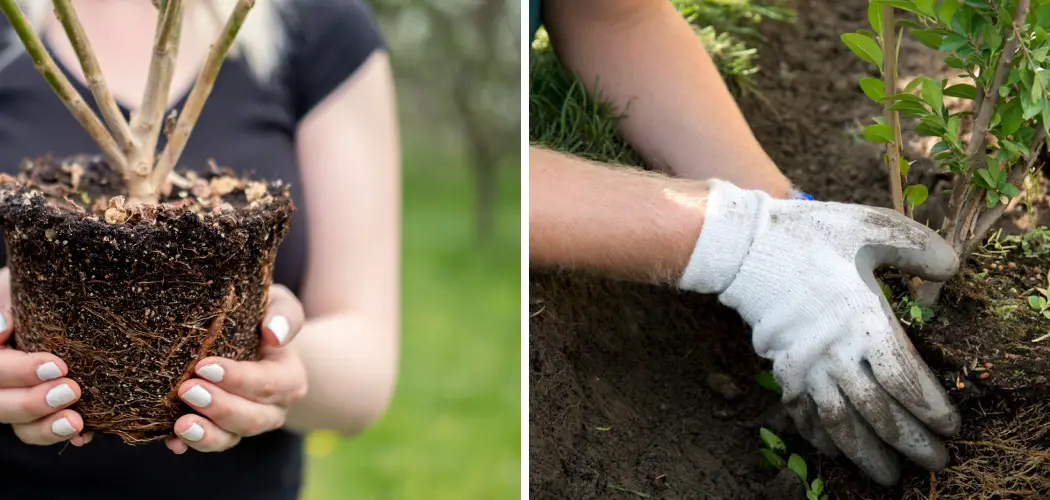Transplant shock is a condition that occurs when plants undergo stress following a change in their growing environment, leading to symptoms such as wilting, leaf drop, and stunted growth. This stress is typically caused by root disturbance, changes in temperature, and water loss during the moving process. The impact of transplant shock can be severe, potentially resulting in the death of the plant if not addressed properly.
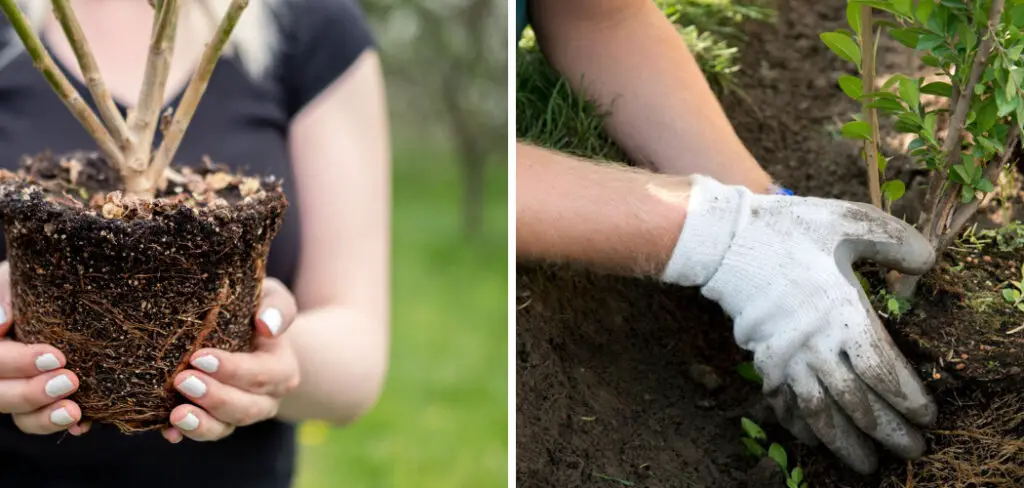
Preventing transplant shock is crucial for maintaining the health and growth of plants, as it facilitates smoother adjustment and establishment in the new location. Understanding how to avoid transplant shock involves several strategies, including careful preparation before transplanting, employing proper transplanting techniques, and providing diligent aftercare.
By implementing these practices, gardeners can enhance plant survival rates and ensure robust, thriving plants in their gardens.
Understanding Transplant Shock
What is Transplant Shock?
Transplant shock is a form of stress that plants experience after being moved from one location to another. This stress manifests through various symptoms, including wilting, leaf drop, and slow or stunted growth. The physical act of transplanting typically disturbs the roots and alters their environment, contributing to transplant shock.
Root disturbance can cause damage and impair the plant’s ability to absorb water and nutrients. At the same time, sudden changes in environmental conditions such as light, temperature, and humidity further exacerbate the plant’s stress levels.
Why Transplant Shock Occurs
Several factors contribute to transplant shock, with root damage being a primary cause. When the roots are disturbed or broken during the transplanting process, the plant’s ability to uptake water and nutrients is compromised. This leads to water loss and reduced nutrient absorption efficiency, both critical for plant health.
Additionally, drastic temperature fluctuations can significantly strain a newly transplanted plant. Different plants have varying thresholds for transplant shock; some may show minimal symptoms and recover quickly, while others may exhibit severe stress and take a longer time to adjust to their new environment.
Preparing for Transplanting
Choosing the Right Time
Selecting the optimal time to transplant plants is crucial for minimizing transplant shock. Typically, the best seasons for transplanting are late fall and early spring, when temperatures are cooler, and the plants are either dormant or in their early growth stages.
These conditions help reduce water loss and stress. Cloudy days also provide ideal weather for transplanting as they shield the plants from direct sunlight, which can cause excessive evaporation and stress the plants further. It’s important to avoid extreme temperatures and transplanting during peak summer heat, as excessive heat can exacerbate transplant shock and hinder plant recovery.
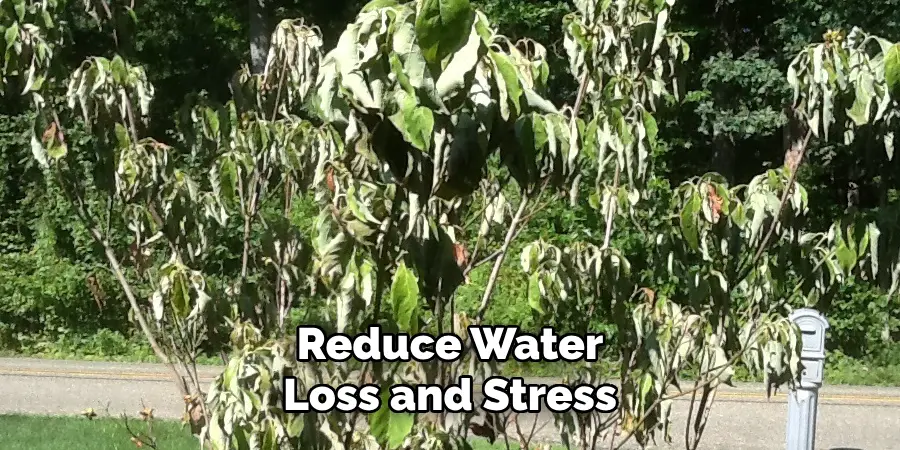
Soil Preparation
Preparing the soil properly before transplanting is essential to ensure the plant’s roots are well in their new environment. The soil should be well-draining and rich in organic matter to support healthy root growth. To amend the soil, gardeners can incorporate compost, aged manure, or leaf mold to improve soil fertility and structure.
Additionally, it’s beneficial to test the soil pH and adjust it according to the specific needs of the plant being transplanted. By creating a nutrient-rich and well-structured soil environment, the transplanted plant will have better access to the nutrients and moisture it needs for successful establishment.
Watering Before Transplanting
Thoroughly watering plants before transplanting is a critical step in preventing transplant shock. Ensuring the plant’s root ball is well-hydrated before digging it up helps to minimize stress and aids in the smooth transition to the new location.
Water the plant deeply a day or two before the transplanting process, allowing the moisture to reach the root system. However, it’s important to ensure that the roots are not waterlogged, as excessive moisture can lead to root rot. Adequate hydration facilitates easier handling of the root ball and provides the necessary moisture for the plant to quickly establish itself after being transplanted.
How to Avoid Transplant Shock: Proper Transplanting Techniques
1.Digging the Plant Out
Using the right techniques to dig out the plant is essential for minimizing root damage and promoting successful transplantation. Begin by gathering the appropriate tools, such as a sharp spade, garden fork, and a garden knife. These tools aid in clean cuts and reduce unnecessary stress on the plant. Start by digging a wide, deep enough area around the root ball, approximately 12 to 18 inches away from the plant’s base, ensuring the roots remain as undisturbed as possible.
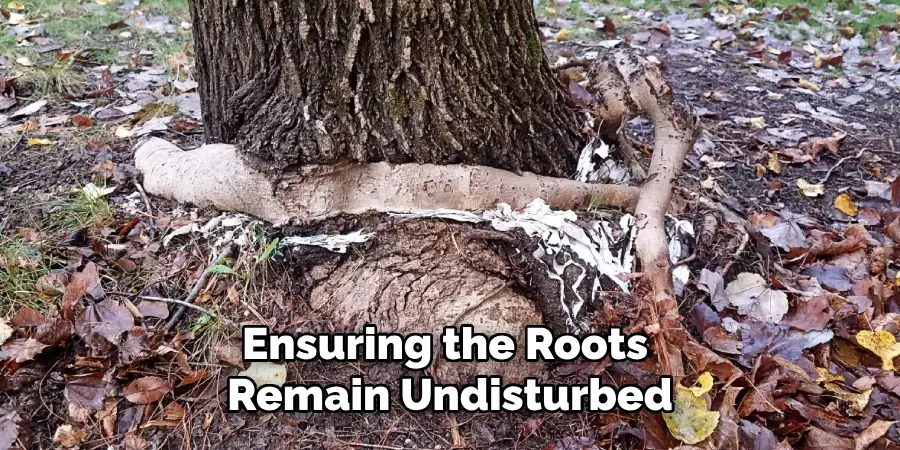
The depth should match that of the plant’s root system; typically, this means digging down to about 12 inches. Use the garden fork to gently loosen the soil and break any larger clumps. Carefully lift the plant with both hands, keeping the root ball intact. If the plant is particularly large, consider enlisting help to avoid excessive strain or damage during removal.
2.Handling the Root Ball
Maintaining the integrity of the root ball is critical during transplanting, as it helps the plant adjust more swiftly to its new surroundings. A well-maintained root ball ensures that the plant’s vital roots stay protected and undamaged throughout the process. Once the plant is lifted, handle the root ball gently; avoid shaking off the dirt, as this can tear the delicate feeder roots.
Use a burlap or similar breathable material to wrap the root ball securely, supporting and preventing soil loss during the move. If the plant’s roots are very dry, lightly mist them with water to keep them moist. For larger plants, consider using a wheelbarrow to transport the plant to its new location, ensuring a smooth and shock-free transition. Keep the root ball shielded from direct sunlight and extreme temperatures until it can be replanted.
3.Planting in the New Location
Preparing the new planting site correctly is vital for the plant’s immediate and long-term health. Start by digging a hole that is slightly wider and deeper than the root ball to allow the roots to spread and grow. Measure the depth to match the plant’s previous growing position to maintain consistent soil and moisture levels around the root system.
Gently place the plant into the hole, ensuring it is positioned upright and the top of the root ball is level with or slightly below the soil surface. Backfill the hole with the amended soil, firming it gently around the root ball to eliminate air pockets that can dry out the roots.
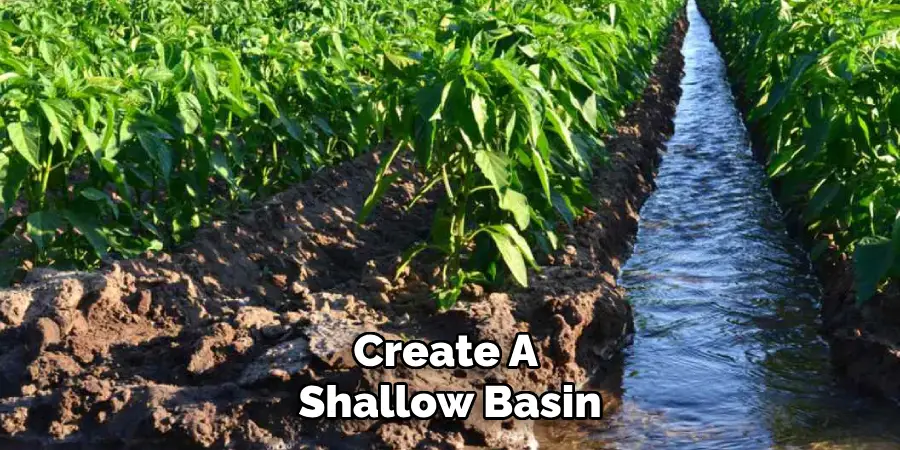
Once the plant is in place, create a shallow basin around the base to help with watering. Water the plant thoroughly to settle the soil around the roots, and place a layer of mulch around the base to retain moisture and moderate soil temperature.
Aftercare Post-Transplant
Watering
A consistent watering schedule is crucial for helping newly transplanted plants establish their roots. Initially, the plant needs more frequent watering to compensate for the moving stress and encourage root growth. However, it is important to avoid overwatering, which can lead to root rot and other issues.
Ensure proper drainage in the soil to prevent water from pooling around the roots. Water deeply to encourage the roots to extend deeper into the soil, but allow the top layer of soil to dry out slightly between watering sessions to prevent excessive moisture.
Mulching
Applying mulch around the base of transplanted plants offers several benefits that support their growth and recovery. Mulch aids in moisture retention by reducing evaporation, thereby ensuring that the plant’s root system remains hydrated.
It also helps regulate soil temperature by insulating the roots from extreme temperature fluctuations. Organic mulching materials such as straw, wood chips, or compost are recommended as they gradually improve soil fertility as they decompose. To apply, spread a 2-3 inch layer of mulch around the base of the plant, keeping it a few inches away from the stem to prevent rot and pests.
Providing Shade and Wind Protection
Newly transplanted plants are particularly vulnerable to direct sunlight and strong winds, which can exacerbate transplant shock. Using shade cloths or temporary covers can protect the plants from harsh sun exposure, reducing stress and water loss.
Additionally, windbreaks or barriers can shield the plants from damaging gusts that can dry out or physically harm them. Gradually acclimate the plants to their new environment by incrementally reducing the level of protection over a period of days or weeks. This gradual exposure helps the plants adjust better and build resilience to the local climate conditions.
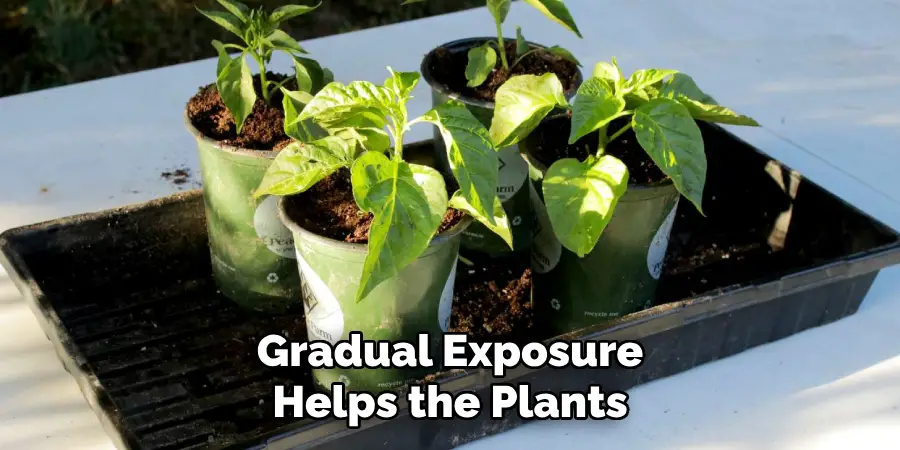
Monitoring and Maintenance
Regular Inspections
Frequent monitoring of newly transplanted plants is vital for early detection of stress or transplant shock. Regular inspections allow you to identify issues such as wilting, yellowing leaves, or slow growth, which could indicate the plant is struggling to adapt to its new environment. Early detection enables prompt intervention, such as adjusting watering schedules, adding shade, or ensuring adequate drainage, to mitigate stress and enhance the plant’s chances of thriving.
Establish a routine to check on the plants daily during the first few weeks after transplanting, gradually reducing the frequency as the plants settle in and show signs of healthy growth.
Fertilization
Applying a balanced, slow-release fertilizer is beneficial for supporting the recovery and growth of newly transplanted plants. A slow-release fertilizer ensures that nutrients are delivered gradually, reducing the risk of nutrient burn or plant stress caused by over-fertilization.
It provides a steady supply of essential nutrients that promote root development and overall plant health, aiding in the establishment process. Be cautious not to over-fertilize, as excessive nutrients can damage the roots and harm the plant. Follow the recommended application rates and frequencies to provide optimal nutrition without overwhelming the plant.
Pruning and Trimming
Pruning and trimming newly transplanted plants help reduce stress and encourage robust new growth. Begin by removing any damaged or dead leaves and stems, which can drain the plant’s resources and hinder its ability to recover. Careful pruning helps the plant redirect its energy towards developing healthy roots and new shoots.
Additionally, trimming back excessive foliage can reduce water loss through transpiration, making it easier for the plant to maintain hydration levels. Conduct regular pruning sessions as needed, ensuring you use clean, sharp tools to minimize damage and promote a strong, healthy recovery for the transplanted plants.
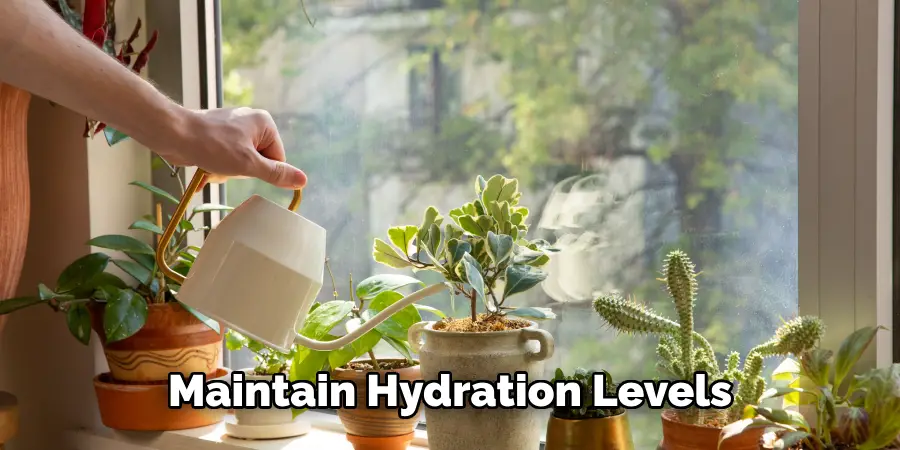
Special Considerations for Different Plant Types
Trees and Shrubs
Transplanting trees and shrubs requires specific techniques tailored to their larger root systems and structural stability. When relocating these plants, ensure the root ball remains intact by carefully digging around and beneath it. Use burlap or a similar material to wrap and support the root ball during the move.
Extra precautions, like staking, may be necessary to provide stability, especially in windy areas. Post-transplant, watering deeply and consistently to support root establishment and mitigate transplant shock is crucial.
Perennials and Annuals
When transplanting perennials and annuals, handle their more delicate root systems carefully. For perennials, focus on maintaining soil consistency and moisture to support long-term growth, as they will stay in the same spot for years.
Annuals, being seasonal, may require more frequent watering and nutrient-rich soil to boost rapid growth and bloom potential. Differences in aftercare include adjusting fertilization and watering schedules to accommodate their varying life spans and growth patterns.
Conclusion
Understanding how to avoid transplant shock is crucial for ensuring the successful establishment of your plants in their new location. Key steps include proper watering techniques, using mulch to retain moisture and regulate temperature, and providing shade and wind protection.
Regular inspections, appropriate fertilization, and careful pruning further support plant recovery. Careful preparation and dedicated aftercare are paramount to mitigate stress and enhance plant health. By diligently following these practices, you can greatly increase the likelihood of successful transplantation, ensuring your plants thrive in their new environment.
About
Outdoor Fixes is a distinguished figure in the world of Diy design, with a decade of expertise creating innovative and sustainable Diy solutions.
His professional focus lies in merging traditional craftsmanship with modern manufacturing techniques,
fostering designs that are both practical and environmentally conscious. As the author of diy,
outdoorfixes delves into the art and science of outdoorfixes-making, inspiring artisans and industry professionals alike.
Education RMIT University
(Melbourne, Australia) Associate Degree in Design (Outdoor Fixes) Focus on sustainable design, industry-driven projects,
and practical craftsmanship. Gained hands-on experience with traditional and digital manufacturing tools, such as CAD and CNC software.
Nottingham Trent University
(United Kingdom) Bachelor’s in outdoorfixes.com and Product Design (Honors) Specialized in product design with a focus on blending creativity with production
techniques. Participated in industry projects, working with companies like John Lewis and Vitsoe to gain real-world insights.
Publications and Impact
In diy, Outdoor Fixes his insights on indoor design processes, materials, and strategies for efficient production.
His writing bridges the gap between artisan knowledge and modern industry needs, making it a must-read for both budding designers and seasoned professionals.

